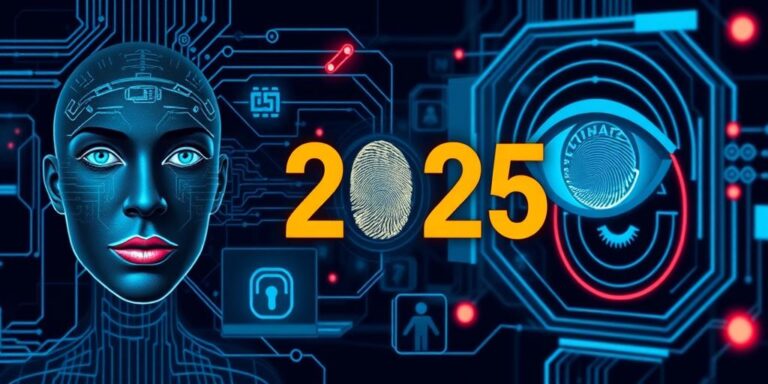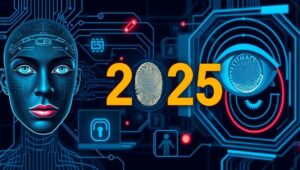Biometric Authentication: A 2025 Overview of Progress and Pitfalls
Biometric authentication has rapidly evolved from science fiction to a mainstream security measure. By 2025, it’s projected to be an integral part of our daily lives, securing everything from smartphones to international borders. This article delves into the advances in biometric technologies and also examines the vulnerabilities that persist despite these advancements.
Advancements in Biometric Technologies
- Multimodal Biometrics:
- Combining multiple biometric traits (e.g., face + voice + fingerprint) to enhance accuracy and security. This approach reduces the risk of spoofing and improves user identification.
- Behavioral Biometrics:
- Analyzing unique behavioral patterns such as typing speed, gait, and mouse movements. This technology adds a layer of continuous authentication, making it harder for unauthorized users to gain access.
- Advanced Liveness Detection:
- Sophisticated algorithms and hardware that can detect and prevent spoofing attempts using fake fingerprints, photos, or videos. These systems employ techniques like 3D facial scanning and micro-expression analysis.
- AI and Machine Learning Integration:
- Using AI to improve the accuracy and adaptability of biometric systems. Machine learning algorithms can analyze vast amounts of data to identify subtle patterns and anomalies, enhancing both security and user experience.
Persistent Vulnerabilities
Despite the progress, biometric systems are not without vulnerabilities:
- Data Breaches:
- Biometric data, once compromised, is permanently compromised. Breaches can expose sensitive information, leading to identity theft and privacy violations. Robust encryption and secure storage are crucial.
- Spoofing Attacks:
- While liveness detection has improved, sophisticated spoofing techniques continue to evolve. Attackers use advanced materials and methods to bypass security measures, necessitating constant innovation in detection technologies.
- Bias and Discrimination:
- Biometric systems can exhibit bias based on demographic factors, leading to inaccurate or unfair outcomes. Addressing bias requires diverse training datasets and ongoing algorithm refinement.
- Privacy Concerns:
- The widespread deployment of biometric systems raises significant privacy concerns. Mass surveillance and the potential misuse of biometric data require careful regulatory oversight and ethical considerations.
Real-World Applications in 2025
- Finance: Biometric payment cards and mobile banking apps offering secure and seamless transactions.
- Healthcare: Patient identification and access control to medical records, reducing fraud and improving data security.
- Travel: Automated border control systems using facial recognition and iris scanning for faster and more secure passenger processing.
- Security: Enhanced access control for buildings and sensitive areas, replacing traditional keys and access cards.
Conclusion
By 2025, biometric authentication will offer enhanced security and convenience across various sectors. However, ongoing research and development are essential to address existing vulnerabilities and ensure that these technologies are deployed responsibly and ethically. Balancing innovation with robust security measures and stringent privacy safeguards will be critical to maintaining trust and maximizing the benefits of biometric authentication.




